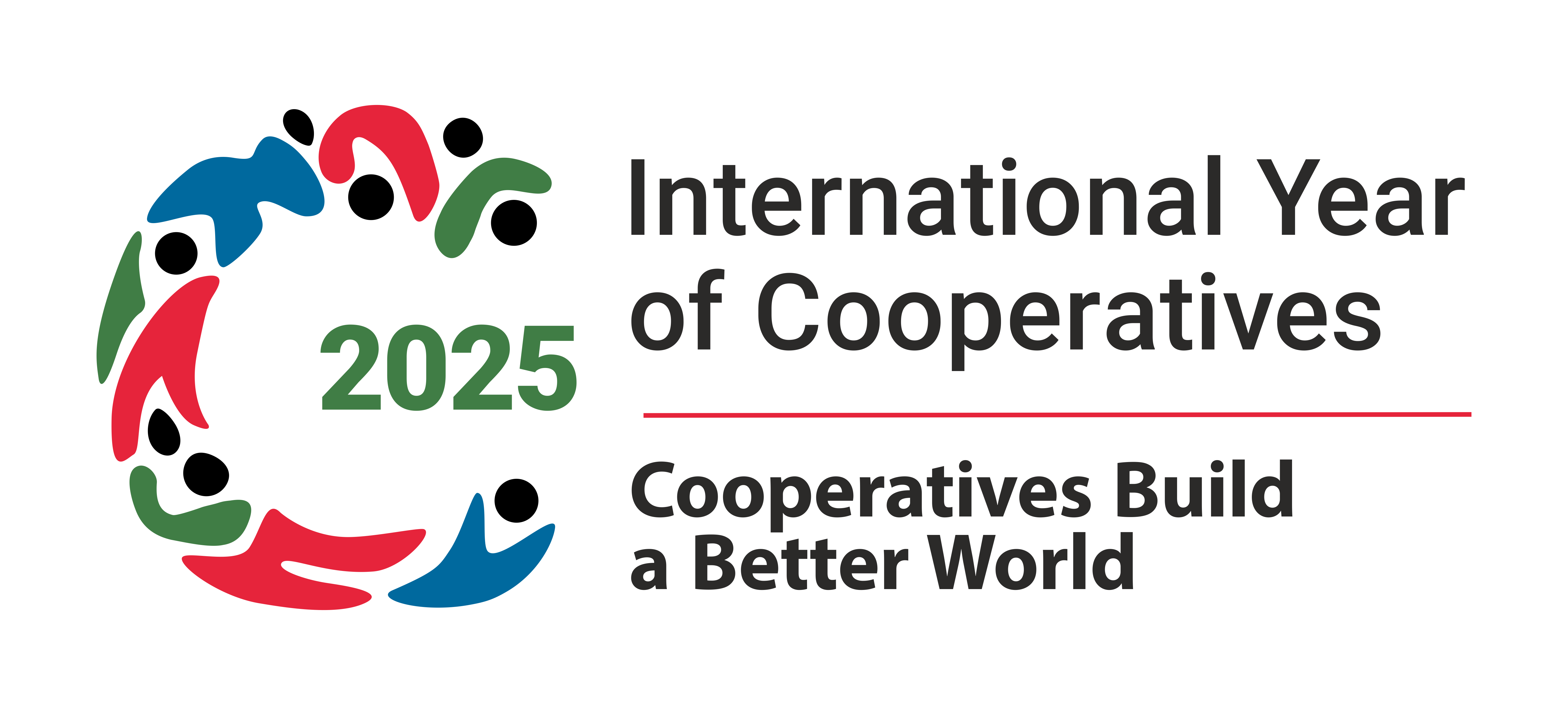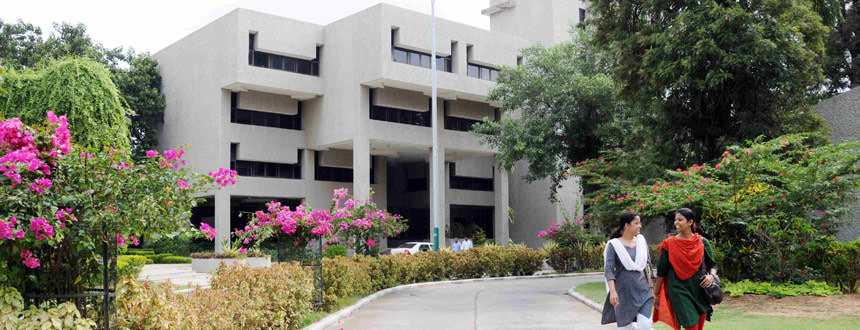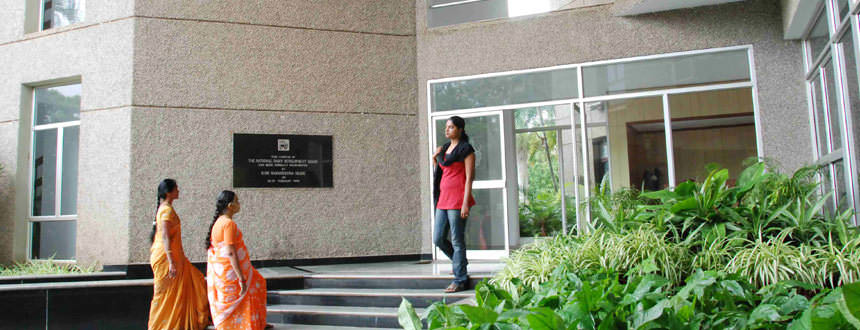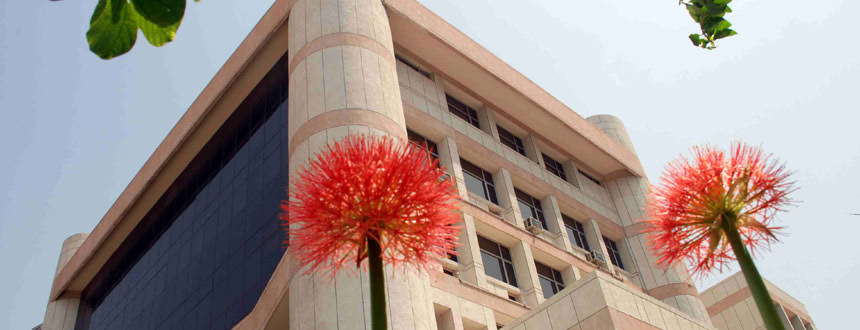Address by Shri Meenesh Shah, Chairman, NDDB at Int'l Conference Dairying for Sustainability and Nutritional Security IDA TN Chapter 14 October, 2022
- Prof. S. P. Thyagarajan, Chancellor, Avinashilingam Institute for Home Science and Higher Education for Women
- Dr V Bharathi Harishankar, Vice Chancellor, Avinashilingam Institute for Home Science and Higher Education for Women
- Dr R S Sodhi, President, Indian Dairy Association and MD, GCMMF
- Shri Arun Patil, Vice President, Indian Dairy Association
- Shri C P Charles, Chairman, Indian Dairy Association, South Zone
- Shri. S. Ramamoorthy, Chairman, Indian Dairy Association, Tamil Nadu Chapter
- Shri K S Kanna, Vice Chairman, Indian Dairy Association, Tamil Nadu Chapter
All the other dignitaries, Participants….
It is indeed a pleasure to be amongst you today in this important International Conference being organized by Department of Food Science and Nutrition, Nutrition Society of India, Coimbatore Chapter and IDA, Tamil Nadu Chapter, Chennai
I must also commend IDA for the choice of the theme - “Sustainability and Nutritional Security’’, which is very appropriate in today’s context.
What lies at the heart of the concept of sustainability is the concern that human interactions with the environment are becoming, or have already become, impossible to maintain in the long run. Eventually, these interactions could lead to an inability of the earth to provide essential resources for survival of human beings in the long run.
Thus, as responsible and caring citizens of the world, the development/ growth pathways that we choose in any sector should meet the needs of the present generation without compromising the ability of future generations to meet their own needs as the popular definition of sustainability by United Nations Brundtland Commission (1987) says.
Talking about dairy sector, today, milk is the single largest agricultural commodity contributing 5% to our economy and giving direct employment to more than 8 Crore rural households. Undoubtedly, Dairying is the major instrument in bringing about socio-economic transformation of rural poor in our country.
In 2020-21, Milk, as a commodity, was valued at Rs 9.3 lakh Crore – more than the combined value of cereals and pulses. During 2014 to 2021, Milk production in India has grown by more than 6% per annum as against global growth rate of about 2%.
India achieved an annual milk output of 21.0 Crore tonnes during the year 2020-21 as compared to 14.6 Crore tonnes in 2014-15. Our country alone contributes to about 23% to the global milk production, which is more than the combined production of all European countries.
Since we are the largest milk producer in the world; it becomes our responsibility to ensure that our milk production remains environmentally sustainable. This would require recognizing the environmental sustainability challenges in dairy sector primarily related to the use of natural resources and its impact on the environment.
At the same time, we will also have to see that Dairy Sector in our country continues to play its role in health and nutrition and more importantly it remains a vehicle for improving livelihoods of millions of our farmers.
Thus, in my view sustainability in the context of dairy sector in our country must also address nutritional & livelihood security for millions of small & marginal farmers and climate change mitigation simultaneously.
Now, let us see some of the key aspects which are important for sustainability of dairy sector in our country.
1. Increase in productivity of dairy animals
Increasing productivity will have multifarious benefits such as increasing farmers’ income, reducing impact on climate and providing nutritional security. Selection of good, diseases resistant and climate resilient breeds coupled with adoption of scientific breeding innovations can build the strong foundation for sustainable dairying. Topography, soil type, feed and fodder availability must also be given due consideration while selecting the animals.
Over the years, Government of India and NDDB have been taking a number of steps in this regard. For example:
- Artificial Insemination (AI) has been used in the country, for genetic improvement of our dairy stock. Currently, there are more than 61 semen stations in the country producing around 123 million frozen semen doses annually.
- Progeny Testing and Pedigree Selection programmes aimed at producing and supplying High Genetic Merit Bulls of different breeds of cattle and buffaloes for Semen production in the country.
- Use of DNA technology in terms of genomic selection has changed the way bulls are selected in developed dairy nations. This could also accelerate genetic progress of dairy animals in our country.
- To tap potential of Genomic Selection, NDDB developed INDUSCHIP for Indian cattle breeds and BUFFCHIP for buffaloes. Today we are selecting bulls of Gir, Murrah, HFCB and JCB breeds on the basis of Genomic Breeding Values (GBV) with the help of these CHIPs.
- Use of Sex Sorted Semen: Govt. of India under RGM scheme has sanctioned a project named “Accelerated Breed Improvement Program (ABIP) using sex sorted semen for getting assured pregnancy” with the objective to promote use of sex sorted semen for production of female calves with 90% accuracy.
2. Optimisation of feeding costs and crop residue management
If animals are fed balanced rations, throughout their entire lifespan, then it is possible to reduce carbon footprint of milk by 30%. Optimization of feeding costs with balanced ration would meet the twin objectives of environmental and economic sustainability of our dairy sector.
NDDB’s ‘Ration Balancing Programme’ (RBP) educated milk producers on scientific feeding of animals and delivered doorstep ration advisory services to 2.8 million dairy animals across the country. Further, in order to bring the large section of the dairy farmers under the ambit of ration balancing services, user friendly application popularly known as ‘eGOPALA’ has been made available to the dairy farmers.
Burning of crop residues in some parts of country is also posing a serious challenge to the environment as well as the sustainability of our dairy sector.
About 93 million tonnes of crop residues are burnt every year, which results in not only wastage of valuable biomass but also release of greenhouse gases into the environment
Under National Dairy Plan-I, we effectively demonstrated use of several types of mowers and pick-up devices among farmers to secure crop residue.
In addition to this, we are also promoting technological interventions such as ‘Total Mixed Ration’ (TMR) concept based on the crop residue. This is helping in improving the milk productivity as well as reducing the Carbon footprint of milk production.
Under NDP-I, two TMR plants of 50 MTPD capacity each have been set up at Kolhapur (in Maharashtra) and Sri Ganganagar (in Rajasthan) and both are functioning satisfactorily. These plants have manufactured about 8703 tonne TMR pellets by incorporating 3737 tonne straw. It is also estimated that a total of 6022 tonne Carbon dioxide-equivalent greenhouse gas emissions have been averted in the past few years.
3. Providing simple, cost-effective Animal Health Services
Indiscriminate use of antibiotics and other medicines are contributing to development of anti-microbial resistance (AMR) which is a huge human health threat. Many of the animal diseases such as brucellosis, tuberculosis, rabies etc. are zoonotic diseases which are being transmitted from animal to human.
Ethno Veterinary Medicine (EVM) has been used for ages in India to manage ailments in livestock. The EVM formulations are being popularized by NDDB for around 30 commonly occurring ailments in bovines which have been streamlined and validated by Tamil Nadu University of Veterinary and Animal Sciences (TANUVAS) and the University of Transdisciplinary Health Sciences & Technology (TDU).
These are mostly prepared from ingredients available in the farmers’ household and therefore offer an economical and sustainable solution and will significantly reduce the use of antibiotics and problems of AMR.
4. Promotion of clean energy in dairy sector
Currently, the greater part of world’s energy consumption ( approximately 80%) is generated from fossil fuel which are not only finite but produce environmental pollutants, including Green House Gases (GHGs) responsible for Global warming and climate change.
Low carbon energy sources, such as solar or those obtained from biomass are not only renewable but have a much lower environmental impact. Therefore, investment in infrastructure for affordable, reliable, sustainable and clean energy becomes an important aspect in the debate around sustainability in dairy sector.
We are now intensively propagating use of solar energy at different levels of Dairy Value Chain such as solarisation of Village Level Dairy Cooperative Societies (DCS), milk chilling and processing with the help of solar PV and Solar Thermal Energy. Use of Concentrated Solar Thermal (CST) technology is benefitting many dairy plants across India in minimising their cost of energy.
Converting manure into biogas could make a major domestic renewable fuel source available to millions of our dairy farmers. NDDB has supported dairy farmers to establish more than 2000 household level biogas plants across the country. Farmers are using slurry obtained from Biogas plants on their own farms and surplus slurry is aggregated through a ‘biogas owner women’s manure cooperative’ to produce solid and liquid bio-fertilisers.
Use of bio-slurry and its upgraded products have reduced requirement of chemical fertilizers, resulting in improvement in soil fertility and crop productivity. So dairy farmers are earning more and simultaneously reducing the carbon footprint.
Currently NDDB is in the process of establishing a model 4000 cu.m. capacity biogas plant at Varanasi.
Technology now exists for purifying and bottling biogas. Pure biogas stored in portable cylinders as a compressed gas can be used anytime, anywhere making biogas an easily marketable source of energy.
5. Food safety and Quality
Today’s consumer is making a connection between quality, sustainability and their food choices, which demonstrates how sustainability connects to personal benefits and values. Therefore, it is important to continuously work towards bringing about sustainability in the entire dairy value chain along with quality– from Farms to Consumers.
There is a need for modernization for ensuring the quality of products manufactured and to make them energy efficient. Further, we would have to also devise a system for traceability of milk for adulterations, antibiotic and pesticide residues etc. to meet the desired quality standards.
NDDB’s ‘Quality Mark’ logo as an umbrella brand identity, is signifying safe and quality milk & milk products, to instil confidence in the consumers about the quality of milk marketed by the cooperatives. Further, NDDB has also helped Bureau of Indian Standards (BIS) to chalk out “Conformity Assessment Scheme (CAS) for milk and milk products” with a unified logo. It was inaugurated by our Hon’ble Prime Minister in December 2021 with an objective of ONE NATION-ONE CERTIFICATION- ONE LOGO.
6. Addressing Hidden Hunger and Malnutrition
The discussion of sustainability in our country should not be limited to environmental concerns only, but also incorporate social and economic considerations. A comprehensive approach to sustainability is extremely important given high rates of undernutrition, including micronutrient deficiencies that lead to child stunting and wasting in our country.
Adequate nutrition and a healthy productive population are prerequisite for poverty reduction and economic and social development. Milk is being consumed daily in some form or the other in almost all the households of the country and is usually the only source of animal protein in the largely lacto-vegetarian population of the country. Milk has remained part of people’s diet since ancient times and is known as elixir of life in our country.
Gandhiji in his book titled “Key to Health” said:
“I have always been in favour of pure vegetarian diet. But experience has taught me that in order to keep perfectly fit, vegetarian diet must include milk and milk products such as curd, butter, ghee, etc.”
Milk is a major source of dietary energy, high-quality protein and fat. It makes significant contribution in meeting the required nutrient intakes of calcium, magnesium, selenium, riboflavin and vitamin B12. Therefore importance of milk in addressing under nutrition in India increases manifold.
Cost of malnutrition to the economy of a nation is extremely high. A World Bank report estimated that the combined economic costs of iron deficiency, iodine deficiency, and vitamin-A deficiency in developing countries could waste as much as 5% of gross domestic product (GDP), but addressing them comprehensively and sustainably would cost less than 0.3 percent of GDP.
According to UNICEF, the amount spent on nutrition in the first 1,000 days of a child’s life can give a saving of an average 45 times and in some cases as much as 166 times. Better nutrition status improves performance and cognitive outcomes. Good nutrition contributes to GDP by 2-6% and it can improve industrial productivity and labour market returns.
To address the issue of micronutrient deficiencies with a preventive approach, NDDB has initiated the project ‘Improved Nutrition through Milk Micronutrient Fortification’ under the South Asia Food and Nutrition Initiative (SAFANSI) of World Bank in the year 2017. The initiative was also supported by Tata Trusts, Food Fortification Resource Centre of the Food Safety and Standards Authority of India (FSSAI) and the dairy cooperatives across the country.
The Milk Fortification Project is aimed at fortifying milk with Vitamin A and D, and for consumer promotion and scale up. Currently, around 30 cooperative brands are fortifying milk across 23 states of India.
To take this cause further, NDDB Foundation for Nutrition (NFN) has been formed with an objective to ‘provide nutrition support to children through nutritious products to eradicate malnutrition’ and ‘to promote consumption of milk and milk products including fortified milk & milk products’.
Concluding remarks:
In the end, I would say that we need to view sustainability and nutritional security in the country as a balancing act between responsible use of natural resources on one hand and socio-economic and nutritional benefits which the dairy sector provides to millions of our dairy farmers on the other hand.
Innovations, discoveries and application of new practices in areas such as genomics, feeding, health care, plant management, use of clean energy technologies, food safety and quality etc. will be among key avenues for sustaining the growth of our dairy sector for millions of our small and marginal farmers.
I am sure today’s deliberations of this conference will help all of us in evolving and carrying forward an appropriate strategy for a meaningful outcome in this regard for a sustainable dairying for nutritional security of our future generations.
Thank you.






